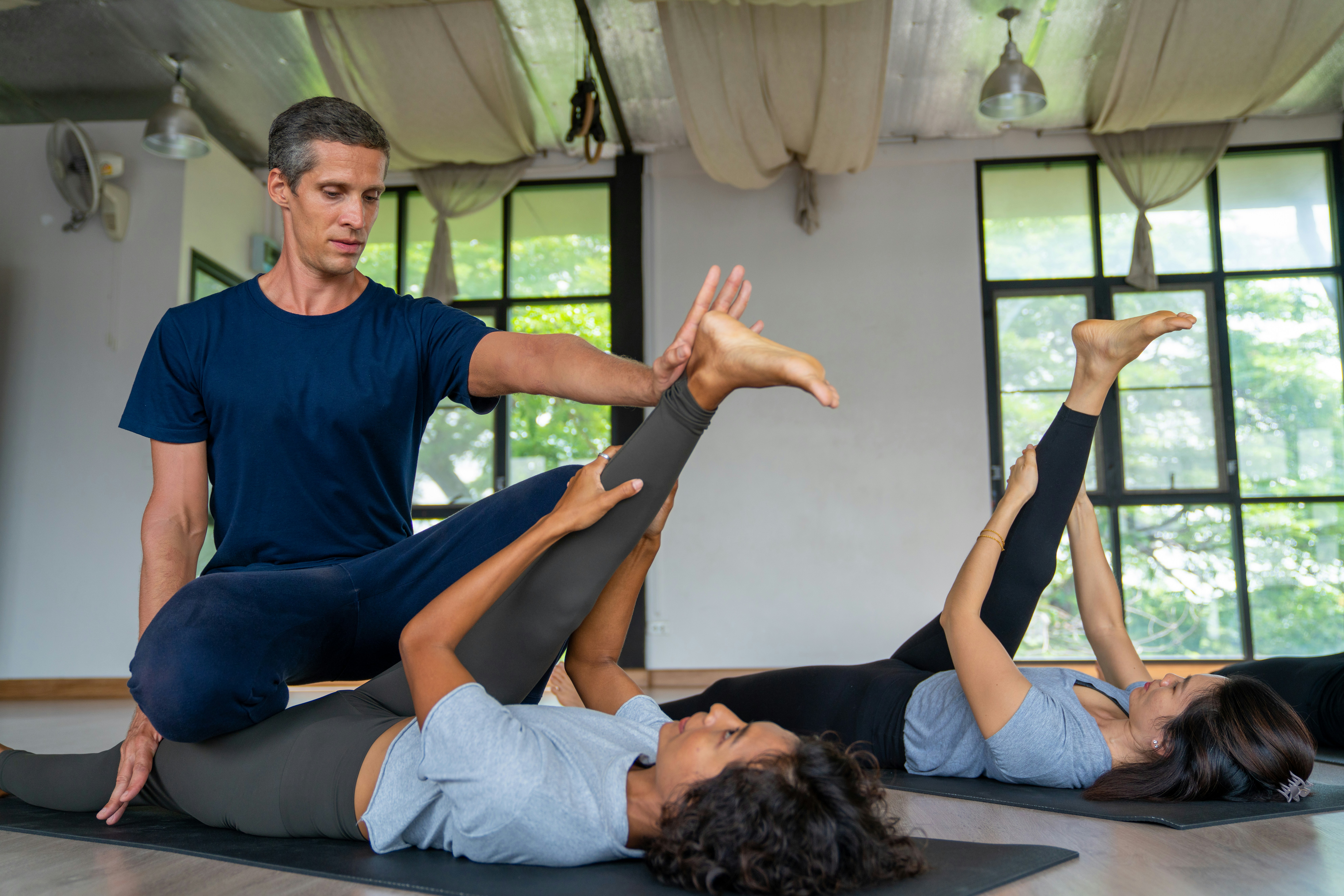
Yoga has long been known for its ability to enhance physical and mental well-being. One key benefit that attracts many practitioners is its potential to improve flexibility. Flexibility is not just about performing advanced poses; it is about enhancing your range of motion and improving your body’s overall function. Many people turn to yoga to relieve stiffness and increase mobility, whether seeking to alleviate discomfort or enhance daily movement.
By practicing specific yoga poses and techniques, individuals can develop greater flexibility, reduce the risk of injury, improving posture and physical performance. This is particularly beneficial as we age, as the body loses flexibility over time. Incorporating yoga into your routine is a natural and effective way to combat these effects and maintain an active, healthy lifestyle.
The Importance of Warm-Up
Before diving into any yoga practice, it’s crucial to begin with a warm-up. Stretching your muscles and joints prepares them for the more intense movements you’ll encounter during a yoga session. A good warm-up helps increase blood flow to the muscles, reduces the likelihood of injury, and improves the overall effectiveness of your practice.
Start with gentle stretches to activate your muscles and joints. Focus on movements that target areas of the body most affected by stiffness, such as the hamstrings, shoulders, and hips. Incorporating sun salutations or gentle flow sequences can help loosen the body while preparing it for deeper stretching. Remember, the goal of the warm-up is to engage your muscles progressively, so take your time and don’t rush.
Key Yoga Poses to Improve Flexibility
Many yoga poses are explicitly designed to enhance flexibility, focusing on different body areas. One of the most effective poses for overall flexibility is the Downward-Facing Dog (Adho Mukha Svanasana). This pose stretches the hamstrings, calves, and spine while strengthening the arms and shoulders. It encourages lengthening throughout the entire body, which helps to improve overall flexibility and posture.
Another great pose is the Forward Fold (Uttanasana), which targets the hamstrings, calves, and lower back. This deep stretch improves leg flexibility and provides a calming and restorative effect on the nervous system. By incorporating these and other poses like Pigeon Pose (Eka Pada Rajakapotasana) or Camel Pose (Ustrasana), you can work toward achieving greater flexibility and range of motion in a balanced way.
Breathing Techniques to Enhance Flexibility
Breathing is a fundamental aspect of yoga that can significantly influence your flexibility. Proper breathing helps relax the muscles and calm the mind, making it easier to deepen stretches. In yoga, the breath is often coordinated with each movement, allowing you to flow into poses more smoothly and maintain them for extended periods.
Inhalation and exhalation should be steady and controlled throughout your practice. One popular technique is Ujjayi breath, or “victorious breath,” which involves breathing in and out through the nose while gently constricting the throat. This creates a soothing sound and helps to focus the mind. Deep, mindful breathing can help you release tension and improve your range of motion, allowing your muscles to relax into each stretch.
Consistency is Key
Improving flexibility requires dedication and patience, which is why consistency is essential. It’s not enough to practice yoga for flexibility once in a while and expect significant results. To see progress, incorporate yoga into your routine at least a few times a week. As with any physical practice, regularity helps the body adapt and increase flexibility over time.
Be patient with yourself and honor your body’s limits. Flexibility doesn’t improve overnight, but with consistent practice, you’ll notice subtle changes in your range of motion and overall comfort in everyday activities. Consider setting small, achievable goals for yourself, such as touching your toes or holding a deep stretch for a longer duration. Tracking your progress can motivate and remind you of how far you’ve come.
Benefits Beyond Flexibility
While the primary goal of yoga for flexibility is to increase the range of motion, the benefits extend beyond just physical flexibility. As you improve your flexibility, you may also notice other positive changes in your body and mind. For example, yoga can enhance posture, increase balance, and reduce stress. These holistic benefits are a key reason why yoga is celebrated worldwide for its transformative effects.
Additionally, practicing yoga regularly can help reduce muscle tension and soreness, which is particularly beneficial for individuals with sedentary lifestyles or those who spend long hours sitting at a desk. By incorporating yoga into your routine, you’ll experience increased flexibility and better overall health and well-being.
Yoga is a powerful tool for improving flexibility and range of motion. By incorporating specific poses, focusing on breathing, warming up properly, and maintaining consistency, you can gradually increase your flexibility and unlock new levels of mobility. As you build strength, reduce tension, and achieve better posture, you’ll also enhance your overall quality of life. Whether you’re looking to alleviate discomfort or move more quickly, yoga offers a holistic approach to flexibility that benefits both the body and mind.